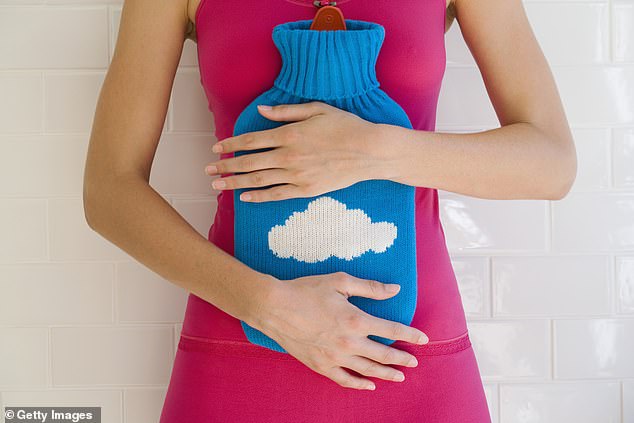The report shows that doctors are taking a year longer to diagnose endometriosis in women than before the pandemic
- Endometriosis affects the physical and mental health of one in ten women in Britain
Women are having to wait almost a year longer before receiving an endometriosis diagnosis than before the pandemic, a report has found.
It now takes an average of eight years and 10 months for doctors to identify the painful disease, an increase of 10 months since 2020.
Most women made at least one emergency room visit and almost half required ten or more GP appointments before being diagnosed.
The wait delays access to treatment, when the disease can worsen, leading to a risk of permanent organ damage. Charity Endometriosis UK said women were being ‘dismissed, ignored and belittled’.
Most women made at least one emergency room visit and almost half required ten or more GP appointments before being diagnosed (stock image)

Almost half of all respondents (47 percent) had visited their GP at least ten times with complaints before the diagnosis (stock image)
Endometriosis affects the physical and mental health of one in 10 women in Britain, from puberty to menopause, although the impact can be felt for life, the charity added.
In patients, cells similar to those in the endometrium are found outside the uterus. Each month, these cells react in the same way as those in the uterus: they build up and then break down and bleed. Unlike the uterine cells that leave the body during menstruation, they cannot escape.
The new Endometriosis UK report, based on a survey of 4,371 women with the disease, highlights a rise in diagnosis times in all four UK countries since 2020.
Almost half of all respondents (47 percent) had visited their GP at least ten times with complaints before the diagnosis.
Only 10 percent said GPs told them they suspected endometriosis at their first or second appointment.
About 52 percent had visited the emergency department at least once, and less than a fifth of these (17 percent) were referred to gynecology on their first visit. More than a quarter (26 percent) of respondents visited the emergency room three or more times with complaints prior to diagnosis.
And 20 percent reported visiting a gynecologist ten or more times before being diagnosed.
Remarkably, 78 percent of those who were later diagnosed were told they were “making a fuss about nothing.”
The disease affects 1.5 million women in Britain, but Endometriosis UK says there are not enough resources available.
Minister for Women’s Health Strategy Maria Caulfield said: ‘We are working to turn rejected, ignored and belittled into listened to, understood and empowered.’
